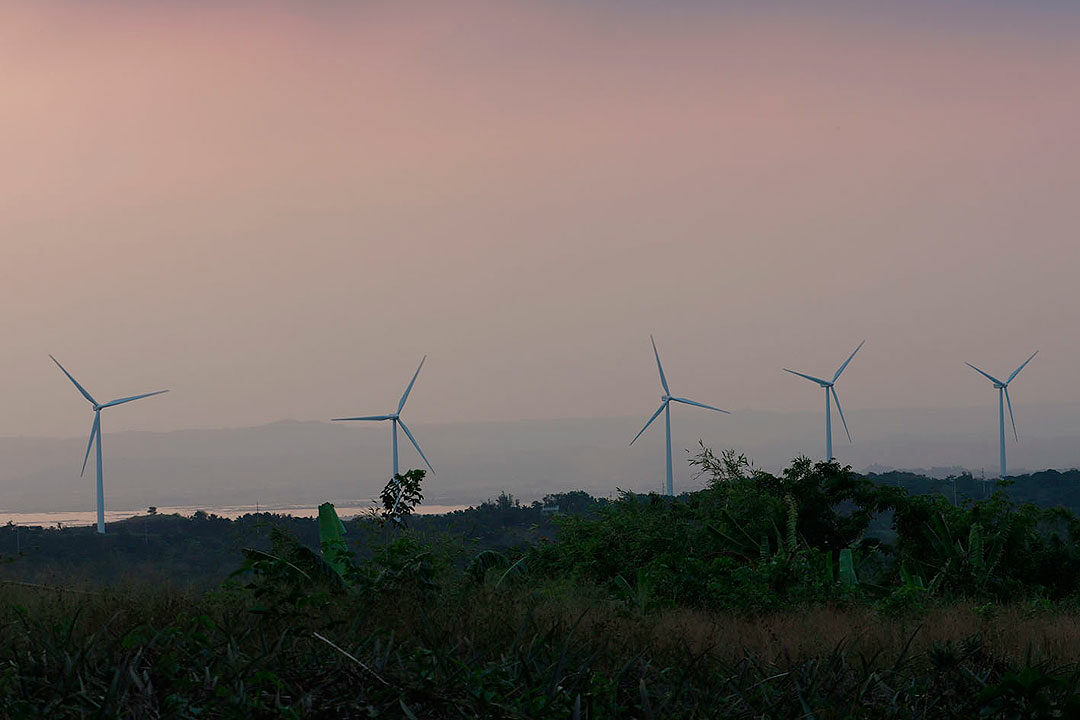Philippines has potential for 21 GW of offshore wind by 2040

THE PHILIPPINES has the potential to install up to 21 gigawatts (GW) of offshore wind power by 2040 to meet the country’s growing demand, a study by the Department of Energy (DoE) and the World Bank (WB) showed.
The DoE and WB released the Philippines Offshore Wind Roadmap on Wednesday, which lays out the opportunities and challenges in developing the wind power industry.
“The Philippines’ waters have conditions that are well-suited to offshore wind. This abundant, indigenous energy resource offers an opportunity for the Philippines to boost energy security, reduce greenhouse gas emissions, and increase renewable energy supply,” Ndiame Diop, World Bank country director for Brunei, Malaysia, the Philippines and Thailand, said in a statement.
Under a high-growth scenario, the Philippines has a potential to install 21 GW of offshore wind by 2040, accounting for 21% of its electricity supply.
In a low-growth scenario, the Philippines can only install 3 GW, representing 3% of the country’s power supply.
The WB and DoE study identified several potential offshore wind development zones, such as Northwest Luzon, Manila, Northern Mindoro, Southern Mindoro, Negros/Panay West, and Guimaras Strait.
“It is highly likely that these six zones will be able to provide all the 20 GW capacity assumed in the high-growth scenario up to 2040, with the potential to provide all the 40 GW capacity assumed up to 2050,” it added.
However, the WB and DoE study cited several challenges the Philippines faces in establishing a large-scale wind power industry, such as high costs, lack of transmission network, limited local supply chain, and foreign ownership restrictions.
“Purely on a cost of energy basis, offshore wind is more expensive than other forms of renewable energy… To connect projects at large scales sufficient to drive down the cost of energy, transmission grid upgrades and strengthening will be required to deliver power to demand centers,” it said.
The study noted that offshore wind projects are currently covered by the 40% foreign ownership cap. “Removing this restriction will allow the use of lower-cost international financing and, therefore, help reduce the cost of energy,” it added.
The roadmap also provided recommendations for the government to successfully develop an offshore wind industry, such as a long-term plan for offshore wind until 2050; establishing offshore wind development zones; and investing in transmission, port and other energy infrastructure.
“It is clear from this roadmap that offshore wind can play a major role in meeting our country’s energy demand indigenously, while also accelerating decarbonization,” Energy Secretary Alfonso G. Cusi said in the same statement.
The installation of more wind power will help cut the country’s dependence on fossil fuels, which in 2020 accounted for about 79% of its power generation mix, government data showed.
Renewable energy only had a 21% share of the energy mix in 2020, down from 34% in 2008, with solar, wind and biomass together accounting for a little less than 4%.
Coal accounted for nearly 60% of the 2020 mix as many energy producers opted for projects using this fuel.
The government aims to increase the share of renewable energy to 35% by 2030 and to 50% by 2040.
The push comes as the Philippines, which is vulnerable to weather-related disasters sometimes linked to climate change, has pledged a 75% reduction in greenhouse gas emissions by 2030 under the Paris Agreement on Climate Change. — R.C.S.Agustin with Reuters



